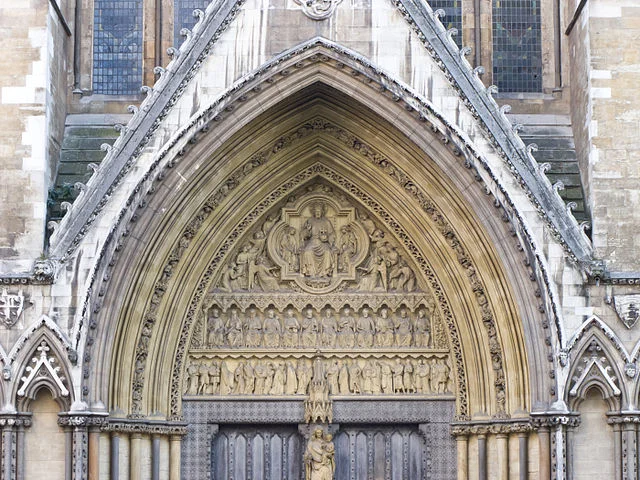Westminster Abbey is one of the most iconic and historic religious sites in London. Its architecture, history, and ongoing significance make it a landmark of both English culture and global heritage. Built over several centuries, Westminster Abbey has been a focal point for royal ceremonies, including coronations and burials, as well as a symbol of England’s architectural and religious history. Here is an overview of Westminster Abbey’s construction, key features, and historical importance.
Get your dose of History via Email
Origins and Early Construction
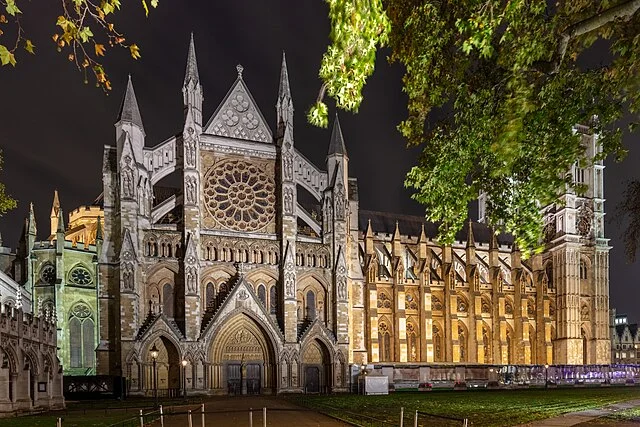
The earliest records of a religious structure on the site of Westminster Abbey date to the 7th century AD. By the 960s, Benedictine monks established a community there under Saint Dunstan’s reforms. King Edward the Confessor, one of England’s last Anglo-Saxon kings, greatly expanded the church beginning in 1042. His goal was to create a large, impressive structure worthy of royal ceremonies. Edward’s abbey, completed in 1065, followed a Romanesque style and served as his burial place shortly after its consecration.
In 1245, King Henry III began rebuilding Westminster Abbey in the Gothic style, intending to honor Edward the Confessor, whom he deeply admired. Henry’s choice of Gothic architecture, with its tall pointed arches and ribbed vaults, brought a new visual grandeur to the abbey, influencing English ecclesiastical architecture for centuries.
Architectural Style and Key Features
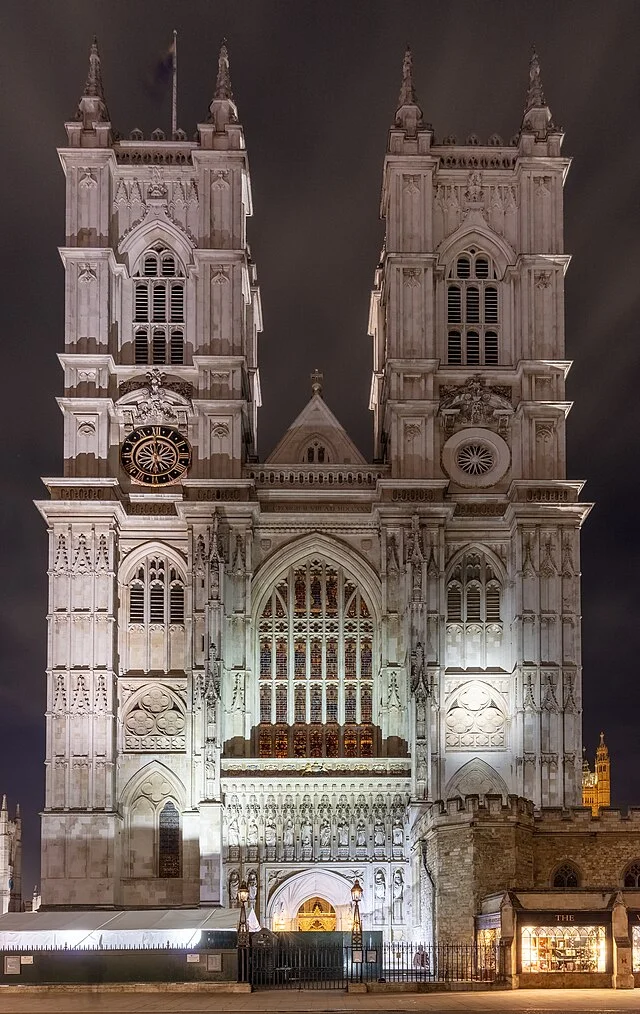
The Gothic architecture of Westminster Abbey is marked by several prominent features, including flying buttresses, intricate stone tracery, and large stained glass windows. The abbey’s central nave, the longest in England, emphasizes height and spaciousness. Its design allows natural light to fill the interior, highlighting the detailed stonework.
The Lady Chapel, also known as the Henry VII Chapel, stands as a high point of English Gothic design. Added between 1503 and 1516, it features elaborate fan vaults and stunning stained glass windows. The chapel holds the tomb of Henry VII and his queen, Elizabeth of York, as well as monuments dedicated to many British monarchs.
One of the most famous features of the abbey is Poets’ Corner. Established in the 16th century, this section honors renowned British literary figures, including Geoffrey Chaucer, William Shakespeare, and Charles Dickens. The inclusion of writers, poets, and later scientists highlights the abbey’s role in celebrating British culture beyond religious figures.
Coronations and Royal Ceremonies
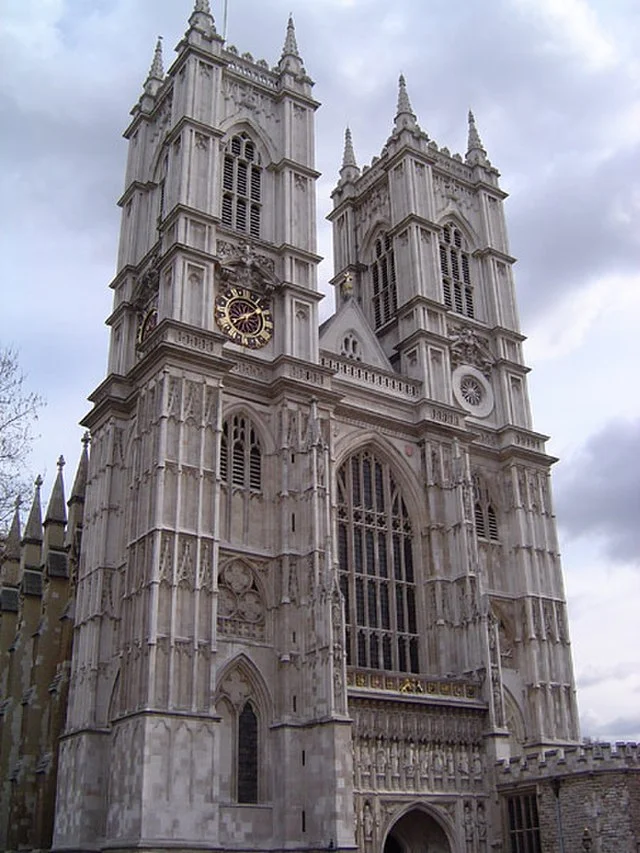
Since the coronation of William the Conqueror in 1066, nearly all English and later British monarchs have been crowned at Westminster Abbey. The abbey’s Coronation Chair, created in 1296, remains central to these ceremonies. King Edward I commissioned this chair to hold the Stone of Scone, an ancient symbol of Scottish kingship that he brought to England.
Each coronation ceremony is rich in tradition and symbolism, emphasizing continuity in the monarchy. Monarchs take oaths, receive anointing, and don crowns within the abbey’s walls, an arrangement that has remained unchanged for centuries. As the site of these historic events, Westminster Abbey symbolizes the unity of church and state in Britain.
Burials and Memorials
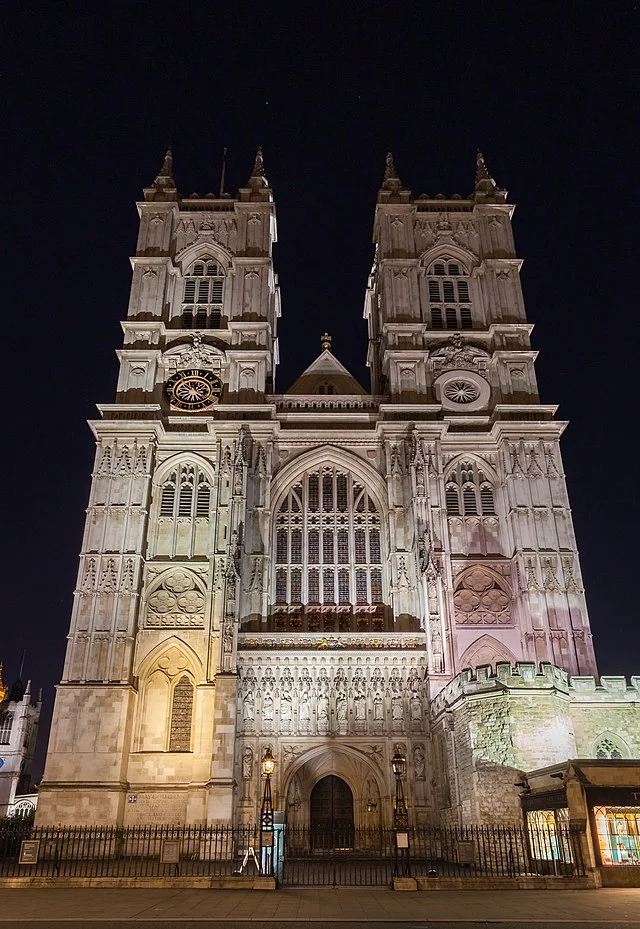
Westminster Abbey also serves as the final resting place for many British monarchs and significant figures in history. Kings such as Henry V and Queen Elizabeth I were buried within the abbey. Their tombs, along with others in the Henry VII Chapel and other parts of the abbey, form an extensive royal necropolis.
In addition to monarchs, the abbey houses memorials to important scientists, politicians, and military leaders. Among those buried are Sir Isaac Newton and Charles Darwin, underscoring the abbey’s role as a national memorial for figures who shaped British and global history. Many tombs feature elaborate carvings and inscriptions, serving as testaments to each individual’s contributions.
Recent History and Conservation Efforts
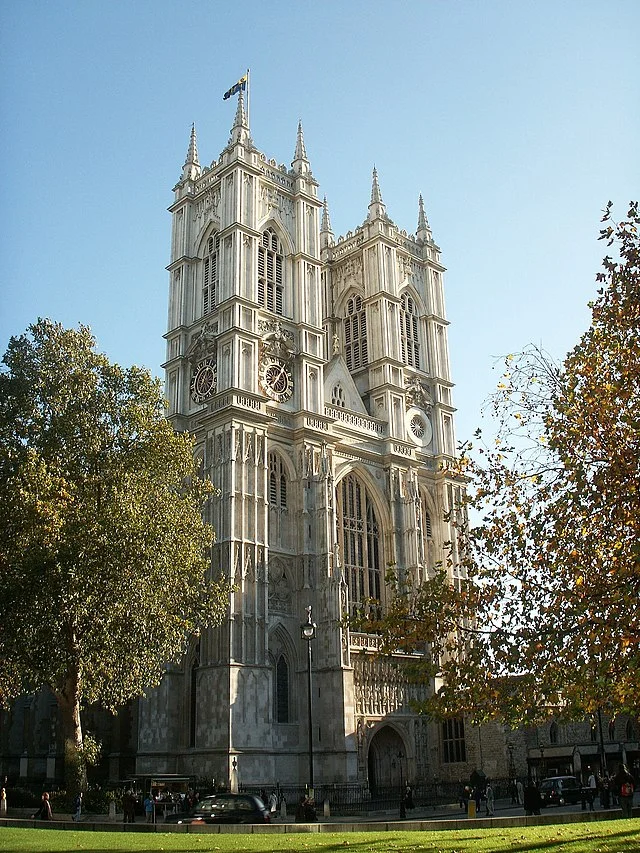
Westminster Abbey continues to serve as a working church, hosting services and ceremonies throughout the year. Special events, such as royal weddings, are watched globally. In 2011, Prince William and Catherine Middleton’s wedding brought worldwide attention to the abbey, reinforcing its position as a symbol of British culture.
To preserve this historic site, conservation efforts are ongoing. Structural repairs, cleaning, and careful restoration work protect the abbey’s Gothic elements from damage. In 1995, UNESCO designated Westminster Abbey as a World Heritage Site, recognizing its cultural, architectural, and historical value. This status emphasizes the need for careful management to ensure the abbey’s legacy endures.
Conclusion
Westminster Abbey stands as a monument to Britain’s religious and cultural heritage. Its architecture, with Gothic elements and historical features, represents England’s medieval advancements. As a site of coronations, royal burials, and cultural memorials, the abbey continues to be relevant, drawing millions of visitors and worshippers annually. Westminster Abbey remains a living part of British history, with its role in royal ceremonies and national celebrations serving as a testament to its enduring significance.
Source:

